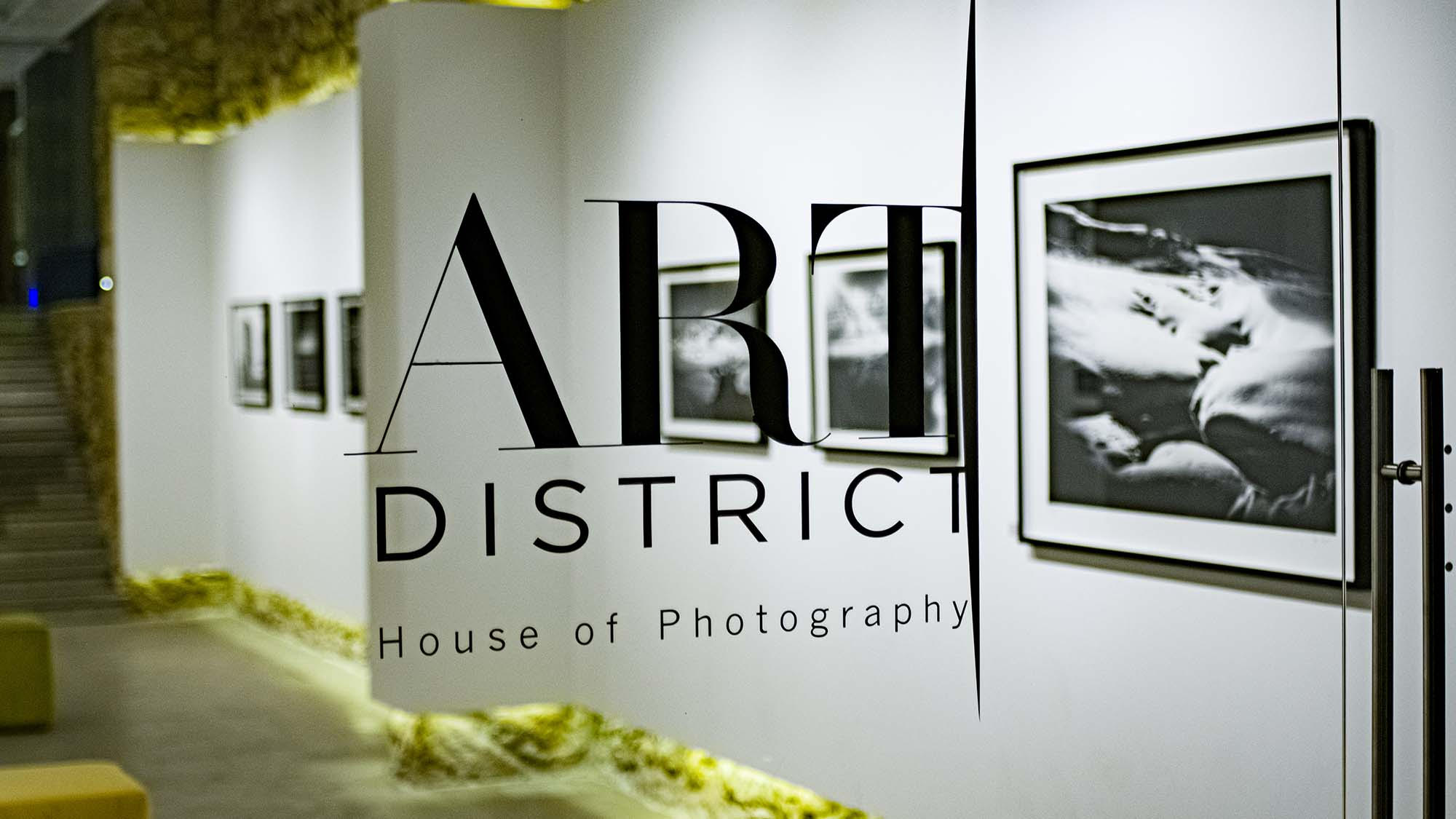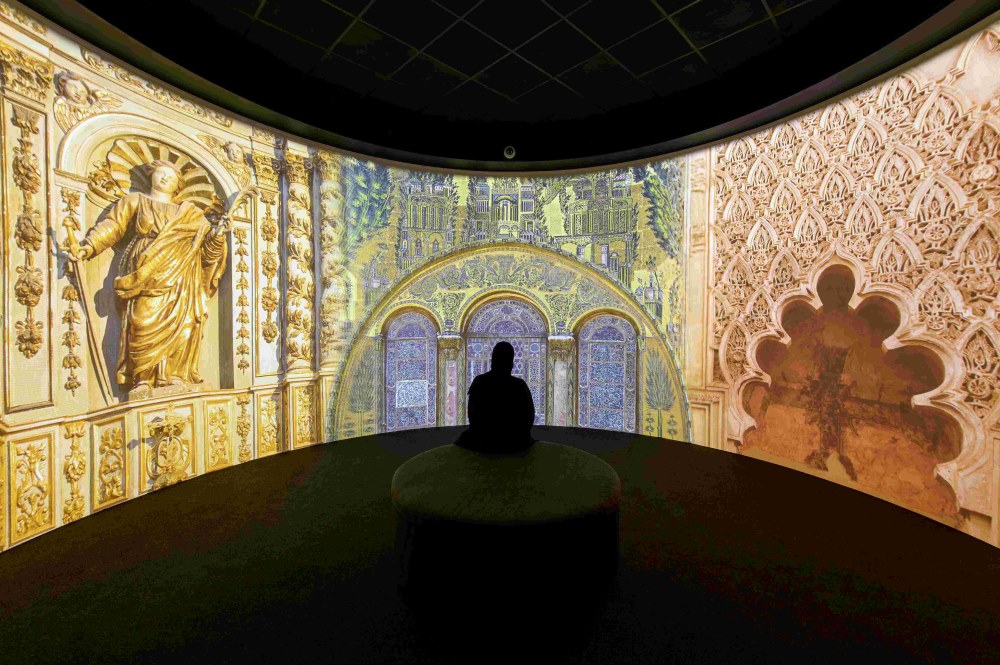Initially unveiled on September 11, 2010, this work connects the museum’s location to two significant historical events separated by 108 years: the First World Parliament of Religions which began on September 11, 1893, and the terrorist attacks on September 11, 2001.
In his wide-ranging oeuvre, Kallat often interlaces the immediate and the cosmic, the past and the present, shifting focal lengths to reveal deeper meanings. In Public Notice 3, the third work in an eponymous trilogy, past and present are superimposed through the recital of a historic speech at the very site where it was originally delivered.

Public Notice 3 at the Grand Staircase (2010) 
Auditorium, First Parliament of Religions (1893)
Starting September 11, 2024, Public Notice 3 will be re-installed on the Grand Staircase. Today, the staircase stands on the site of the former auditorium where Swami Vivekananda gave his influential speech at the First World Parliament of Religions. Vivekananda’s call for an end to fundamentalism, intolerance, and bigotry is inscribed on the staircase risers using LED bulbs.
Time, place, and synchronicities became the organising principles for me to conceive Public Notice 3, treating the Grand Staircase as a temporal conduit to its historical past, a renewable toolbox for reflection from the very site where he delivered his message.
Jitish Kallat
These words are illuminated in five alternating colours—red, orange, yellow, blue, and green. The colours, borrowed from the decade-long advisory system of the U.S. Department of Homeland Security post-9/11, formed a spectrum denoting terrorism threat levels—red for severe, green for low. Kallat transforms this motif of public vigilance into a radiant signal, reflecting Swami Vivekananda’s timeless and urgent plea for tolerance and universal acceptance.

Jitish Kallat: Public Notice 3 is curated by Dr. Madhuvanti Ghose, Alsdorf Associate Curator of Indian, Southeast Asian, and Himalayan Art in Arts of Asia.
Read a recent blog post written by Jitish Kallat here.



